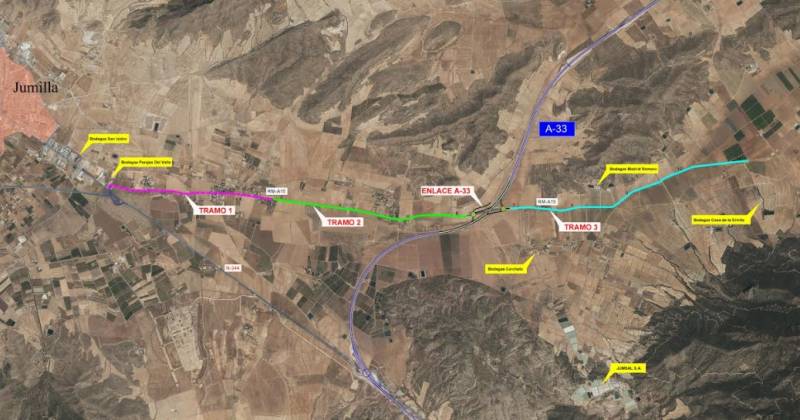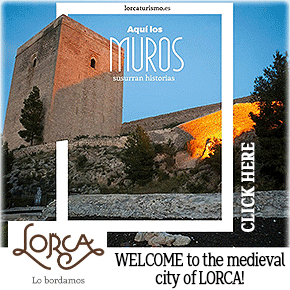
To be listed on the CAMPOSOL TODAY MAP please call +34 968 018 268.
article_detail
Date Published: 05/11/2025
Elephants roamed the Murcia coast 125,000 years ago
Researchers from Andalucía and Murcia uncover fossil footprints tracing ancient animal migration routes
 Imagine giant straight-tusked elephants pacing along the shores of Murcia more than 125,000 years ago. Thanks to the discovery of fossil footprints in the Calblanque and Torre de Cope areas, researchers have begun to piece together the migratory pathways of these magnificent beasts and other prehistoric mammals in southeastern Iberia.
Imagine giant straight-tusked elephants pacing along the shores of Murcia more than 125,000 years ago. Thanks to the discovery of fossil footprints in the Calblanque and Torre de Cope areas, researchers have begun to piece together the migratory pathways of these magnificent beasts and other prehistoric mammals in southeastern Iberia.The international team, including scientists from the University of Seville, the Andalusian Institute of Earth Sciences of Granada and the University of Huelva, identified the first fossil footprints of Quaternary vertebrates in fossil dune deposits along the Murcian coast. These tracks, attributed to Palaeoloxodon antiquus, known as the straight-tusked elephant, were uncovered in several locations, with the most significant find at Torre de Cope.
At Torre de Cope, researchers found a linear set of four rounded footprints, each about 40 to 50 centimetres across. From their spacing and shape, they concluded they belonged to an adult elephant about 2.3 metres tall at the hip, weighing approximately 2.6 tons and over 30 years old.
But these elephants were not alone. The fossil record shows traces left by a wide variety of animals. Footprints of prehistoric wolves, deer, and medium-sized mustelids attest to a rich, diverse mammal community that roamed coastal forest habitats during the last interglacial period, known in scientific terms as Marine Isotopic Stage 5e.
In particularly wet and wooded sites like Calblanque, tracks reveal slow-moving predators close to water sources, while red deer ventured through dunes and scrubland. Even a young wild horse’s footprints have been found, marking some of the most recent evidence of this species in southeastern Spain.
Altogether, these finds support the idea of coastal ecological corridors, natural routes connecting Mediterranean forests with the beach ecosystems, that megafauna used for seasonal migrations in a wetter landscape than today.
The study sheds new light on the ancient world beneath Murcia’s sands and waters, inviting us to reflect on the long history of life in this region.
As Carlos Neto de Carvalho, coordinator of the research, notes, these animals thrived in a coastal forest ecosystem rich in biodiversity, laying down footprints that allow us to walk in their footsteps today.
Image: wikicommons
Loading
See more news about animals in Spain:
OR
Sign up for the Spanish News Today Editors Roundup Weekly Bulletin to get a comprehensive email with all the week’s news for Spain, Murcia, Alicante and Andalucía.
Get a sneak peek – here are a few of our recent Subscription Bulletins:
Discount Special Offer subscription:
36.95€ for 48 Editor’s Weekly News Roundup bulletins!
Please CLICK THE BUTTON to subscribe.
Contact Murcia Today: Editorial 000 000 000 /
Office 000 000 000































